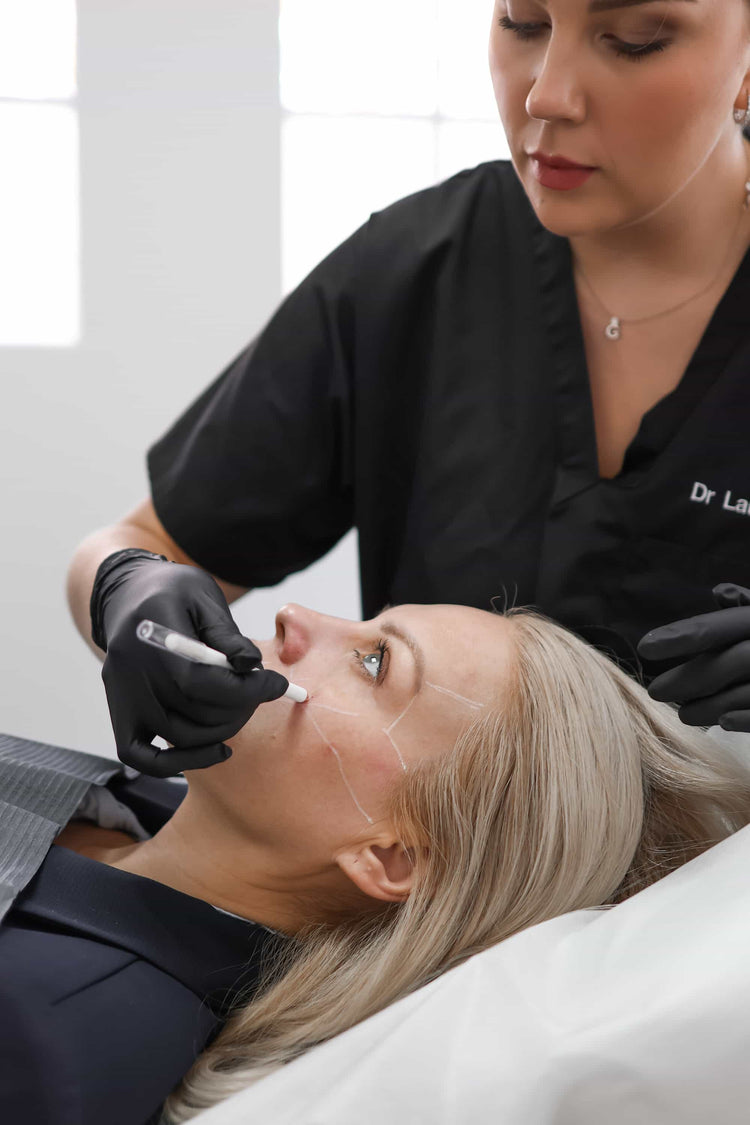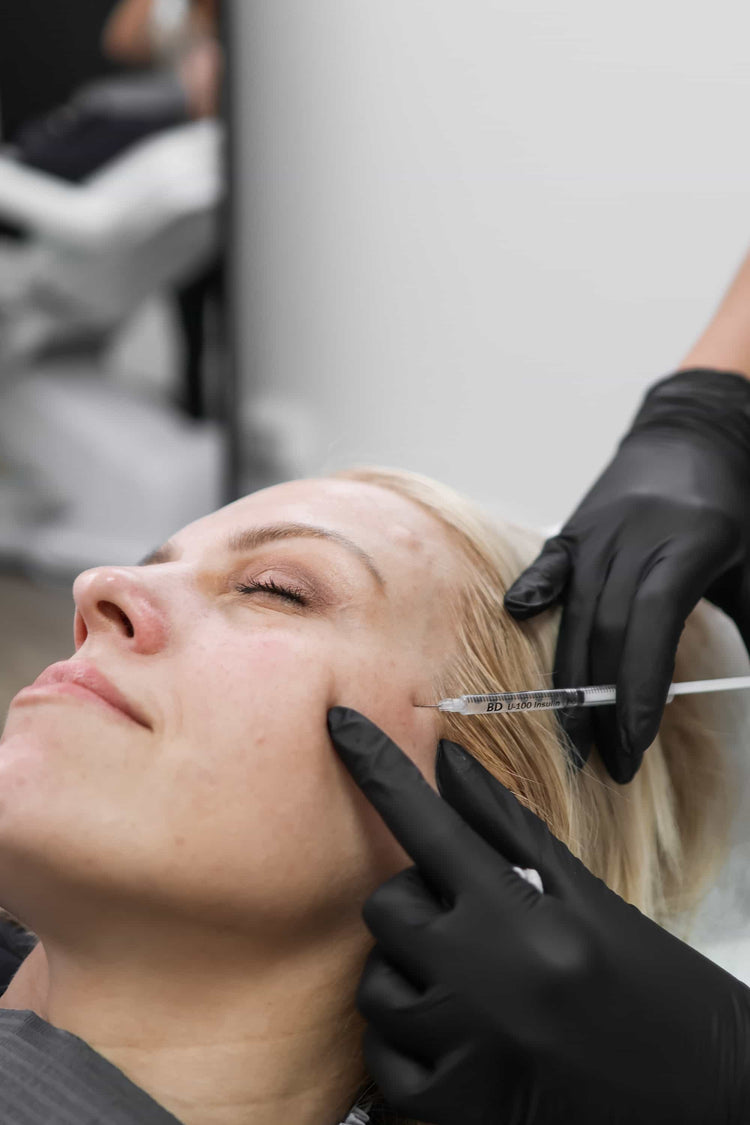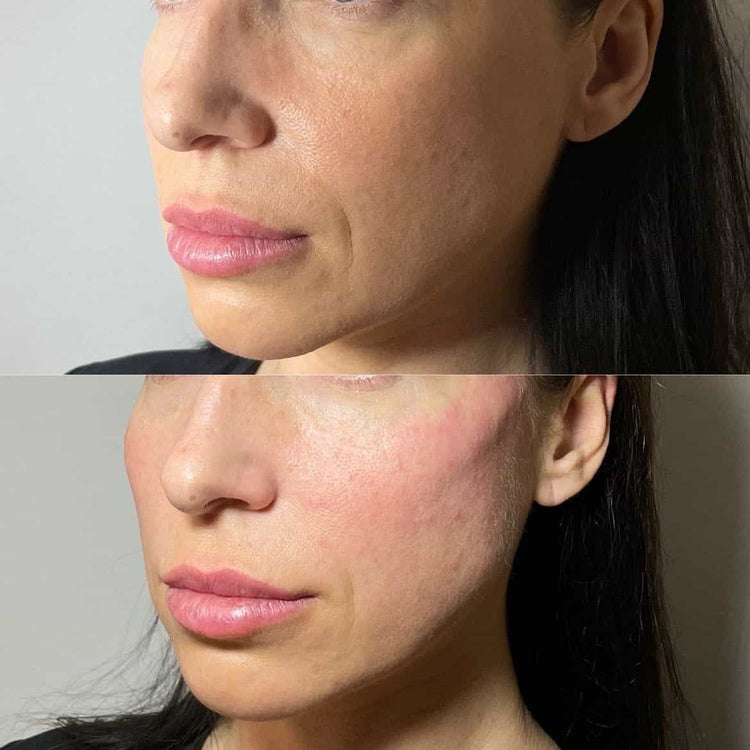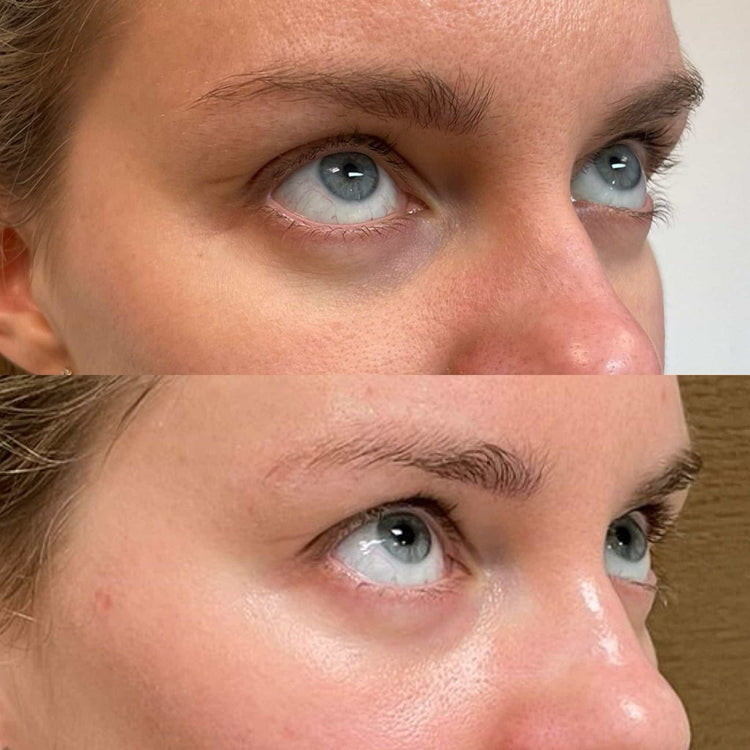Botox Clinics in Ashtead
Ashtead residents struggling with migraines can find relief through specialized Botox clinics located within the Surrey area. These clinics offer expert treatments utilizing Botox injections to target chronic migraine pain, providing a non-invasive alternative for managing debilitating headaches.
Local Botox Providers
Botox has emerged as a valuable treatment option for individuals experiencing chronic migraines in Ashtead and the surrounding areas. Several local providers offer specialized Botox injections administered by qualified professionals trained in migraine management. These clinics utilize a precise technique to inject small doses of Botox into specific muscle groups in the head and neck, effectively blocking nerve signals that contribute to migraine pain.
Finding a Reputable Clinic
Ashtead residents struggling with migraines can find relief through specialized Botox clinics located within the Surrey area. These clinics offer expert treatments utilizing Botox injections to target chronic migraine pain, providing a non-invasive alternative for managing debilitating headaches.
Botox has emerged as a valuable treatment option for individuals experiencing chronic migraines in Ashtead and the surrounding areas. Several local providers offer specialized Botox injections administered by qualified professionals trained in migraine management. These clinics utilize a precise technique to inject small doses of Botox into specific muscle groups in the head and neck, effectively blocking nerve signals that contribute to migraine pain.
When seeking a reputable Botox clinic for migraine treatment in Ashtead, consider the following:
- Qualifications and Experience: Ensure the clinic’s practitioners are licensed medical professionals with specialized training and experience in administering Botox for migraines.
- Patient Reviews and Testimonials: Look for online reviews and testimonials from previous patients to gauge the clinic’s reputation and effectiveness.
- Consultation Process: Schedule a consultation to discuss your medical history, migraine frequency and severity, and treatment expectations with the practitioner.
- Safety and Sterility: Verify that the clinic adheres to strict safety and sterilization protocols to minimize the risk of complications.

How Botox Works for Migraines
Botox has emerged as a safe and effective treatment option for chronic migraines in Ashtead. Clinics in Surrey specialize in administering Botox injections, targeting specific muscle groups associated with migraine pain. By blocking nerve signals, these carefully placed injections can significantly reduce the frequency and intensity of debilitating headaches.
Mechanism of Action
Botox works for migraines by preventing the release of certain neurotransmitters in muscles responsible for headache pain.
- Botox blocks the release of calcitonin gene-related peptide (CGRP), a neuropeptide involved in migraine pain pathways.
- It also inhibits the transmission of nerve impulses that trigger muscle contractions associated with migraines.
Benefits of Botox for Migraines
Botox has proven to be a valuable treatment for chronic migraines. It works by temporarily paralyzing muscles in the head and neck responsible for headache pain. These injections prevent the release of neurotransmitters that contribute to migraine signals, effectively reducing the frequency and intensity of headaches.
Benefits of Botox for migraine sufferers include a significant reduction in headache days per month, less severe pain episodes, and an overall improvement in quality of life. While not a cure, Botox can offer long-lasting relief from chronic migraines, allowing individuals to reclaim their lives and engage in activities they may have had to avoid due to debilitating headaches.
Cost and Insurance Coverage
While Botox offers a promising treatment option for chronic migraine sufferers in Ashtead, it’s essential to understand the associated costs and insurance coverage. Costs can vary depending on factors such as the number of injections required, the clinic’s location, and individual medical needs.
Average Cost of Botox Migraine Treatment
The average cost of Botox migraine treatment in Ashtead, Surrey can range from £250 to £400 per session.
- A single treatment session typically involves injecting around 31 units of Botox into specific muscle groups in the head and neck.
- Treatment is often required every 3 months for ongoing relief.
Insurance coverage for Botox migraine treatment varies depending on individual policy terms. Some insurance plans may cover a portion or the full cost of treatment, while others may not offer any coverage at all. It’s crucial to check with your insurance provider to determine your specific coverage and any necessary pre-authorization requirements.
Insurance Reimbursement for Botox
Insurance reimbursement for Botox in Ashtead, Surrey, depends on individual policy terms. Some insurance plans might cover a portion or the full cost of Botox treatment for migraines, while others may offer no coverage at all.
To understand your specific coverage, it’s essential to contact your insurance provider directly. Inquire about their policies regarding Botox for migraine treatment, including any pre-authorization requirements and the percentage of costs they cover.
Potential Side Effects and Risks
Like all medical procedures, Botox injections carry potential side effects and risks. These are generally mild and temporary, but it’s important to be aware of them before undergoing treatment.

Common Side Effects

Potential side effects of Botox can include bruising, redness, swelling, headache, and pain or tenderness at the injection site. These side effects usually subside within a few days.
Less common but more serious side effects include drooping eyelids, blurred vision, difficulty swallowing, and muscle weakness. It’s crucial to inform your doctor about any medical conditions you have or medications you are taking before receiving Botox injections.
Common side effects of Botox for migraines often occur at the injection site and typically resolve within a few days. These may include:
- Bruising
- Redness
- Swelling
- Headache
- Pain or tenderness at the injection site
Serious Side Effects
Less common but more serious side effects include drooping eyelids, blurred vision, difficulty swallowing, and muscle weakness.
It’s essential to inform your doctor about any medical conditions you have or medications you are taking before receiving Botox injections.
Alternatives to Botox for Migraines
While Botox has become a popular treatment option for migraines, it’s not the only avenue available. Alternatives exist that may be suitable depending on individual circumstances and preferences.
Lifestyle Changes
Lifestyle changes can play a significant role in managing migraines. Identifying and avoiding triggers, such as certain foods, stress, or lack of sleep, can help reduce the frequency and intensity of headaches.
Regular exercise, maintaining a consistent sleep schedule, and practicing relaxation techniques like yoga or meditation can also be beneficial.

Over-the-counter pain relievers, such as ibuprofen or acetaminophen, may provide temporary relief from migraine symptoms.

Prescription medications, including triptans and preventive drugs, are available for more severe or chronic cases.
Alternative therapies, such as acupuncture or biofeedback, have shown promise in some individuals.

Medications for Migraines
Alternatives to Botox for migraines include lifestyle changes, over-the-counter pain relievers, prescription medications, and alternative therapies. Lifestyle modifications such as identifying and avoiding triggers, regular exercise, stress management techniques, and sufficient sleep can help reduce migraine frequency and severity.
Over-the-counter pain relievers like ibuprofen or acetaminophen may provide temporary relief from migraine symptoms. Prescription medications include triptans, which work to constrict blood vessels in the brain and relieve pain, and preventive drugs that aim to reduce the overall frequency of migraines.
Alternative therapies such as acupuncture, biofeedback, or massage therapy may also offer relief for some individuals.
Medications commonly used for migraine treatment include:
- Triptans: These medications work by constricting blood vessels in the brain and blocking pain pathways. Examples include sumatriptan (Imitrex), rizatriptan (Maxalt), and zolmitriptan (Zomig).
- Non-steroidal anti-inflammatory drugs (NSAIDs): Pain relievers like ibuprofen (Advil, Motrin) or naproxen (Aleve) can reduce pain and inflammation associated with migraines.
- Anti-nausea medications: Medications such as metoclopramide (Reglan) or ondansetron (Zofran) may be prescribed to alleviate nausea and vomiting often accompanying migraines.
- Preventive medications:** These drugs are taken regularly to reduce the frequency and severity of migraines. Examples include beta-blockers, antidepressants, anticonvulsants, and CGRP inhibitors.
Consultation Process and Treatment Plan
The consultation process for Botox treatment for migraines in Ashtead begins with a thorough evaluation of your medical history, including the frequency, intensity, and triggers of your migraines. During this discussion, your practitioner will assess your suitability for Botox therapy and address any questions or concerns you may have. Based on this assessment, they will develop a personalized treatment plan outlining the number of injections required, the frequency of treatments, and expected outcomes.
Initial Consultation with a Doctor
The consultation process is crucial to determine if Botox is the right treatment option for your migraines. During your initial appointment with a doctor specializing in migraine management, you’ll discuss your medical history, focusing on:
- Migraine frequency and severity: How often do you experience migraines? How intense are the headaches?
- Migraine triggers: Are there specific foods, environments, or activities that seem to bring on your migraines?
- Current medications: Let your doctor know about all medications you’re taking, including over-the-counter drugs and supplements.
- Previous treatments: Have you tried other migraine treatments? If so, what were the results?
Based on this information, the doctor will assess your suitability for Botox treatment. They’ll explain how Botox works for migraines, its potential benefits and risks, and realistic expectations for treatment outcomes.
If you’re a good candidate, they’ll discuss the treatment plan, which typically includes:
- Number of injections: Usually around 31 units of Botox are injected into specific muscle groups in the head and neck.
- Treatment frequency: Botox injections are often administered every 3 months for ongoing relief.
- Cost and insurance coverage: The doctor can provide information about the costs associated with treatment and help you explore your insurance coverage options.
This consultation is a valuable opportunity to ask any questions you have and ensure you feel comfortable and informed before proceeding with Botox treatment.
Determining Eligibility for Treatment
Determining eligibility for Botox treatment for migraines involves a thorough evaluation by a medical professional. During a consultation, your doctor will assess your migraine history, frequency, severity, triggers, and current medications to determine if Botox is an appropriate option for you.
Key factors considered include:
- Migraine frequency: Botox is generally recommended for individuals experiencing chronic migraines, defined as 15 or more headache days per month.
- Severity of migraines: Botox may be more beneficial for those with moderate to severe migraines that don’t respond well to other treatments.
- Response to previous treatments: If you haven’t found relief from other migraine medications or therapies, Botox might be a viable alternative.
- Medical history and current medications: Certain medical conditions or medications can affect your eligibility for Botox. Your doctor will review your medical history to ensure it’s safe for you.
It’s important to discuss your individual circumstances and expectations with your doctor during the consultation. They can provide personalized guidance on whether Botox is a suitable treatment option for your migraines.
Treatment Frequency and Duration
A consultation for Botox treatment for migraines typically involves a discussion of your medical history, including migraine frequency, severity, triggers, and previous treatments. The practitioner will assess your suitability for Botox therapy and address any questions you may have. Based on this assessment, they’ll create a personalized treatment plan outlining the number of injections, frequency of treatments, and expected outcomes.
Treatment frequency typically involves Botox injections every 3 months for ongoing relief. However, individual needs may vary.
The duration of effectiveness for Botox treatments can last between 3 to 6 months. After this period, another treatment session is usually required to maintain the therapeutic benefits. The duration may also vary based on factors such as individual response to treatment and migraine frequency.
Book with Dr. Laura Geige for stunning, natural lip enhancements at It’s Me & You Clinic
- Botox For Migraines In Ashtead, Surrey - September 12, 2025
- How To Choose The Right Clinic For Nasolabial Fold Fillers In Surrey - September 12, 2025
- Bobby Berk Quotes - September 11, 2025
